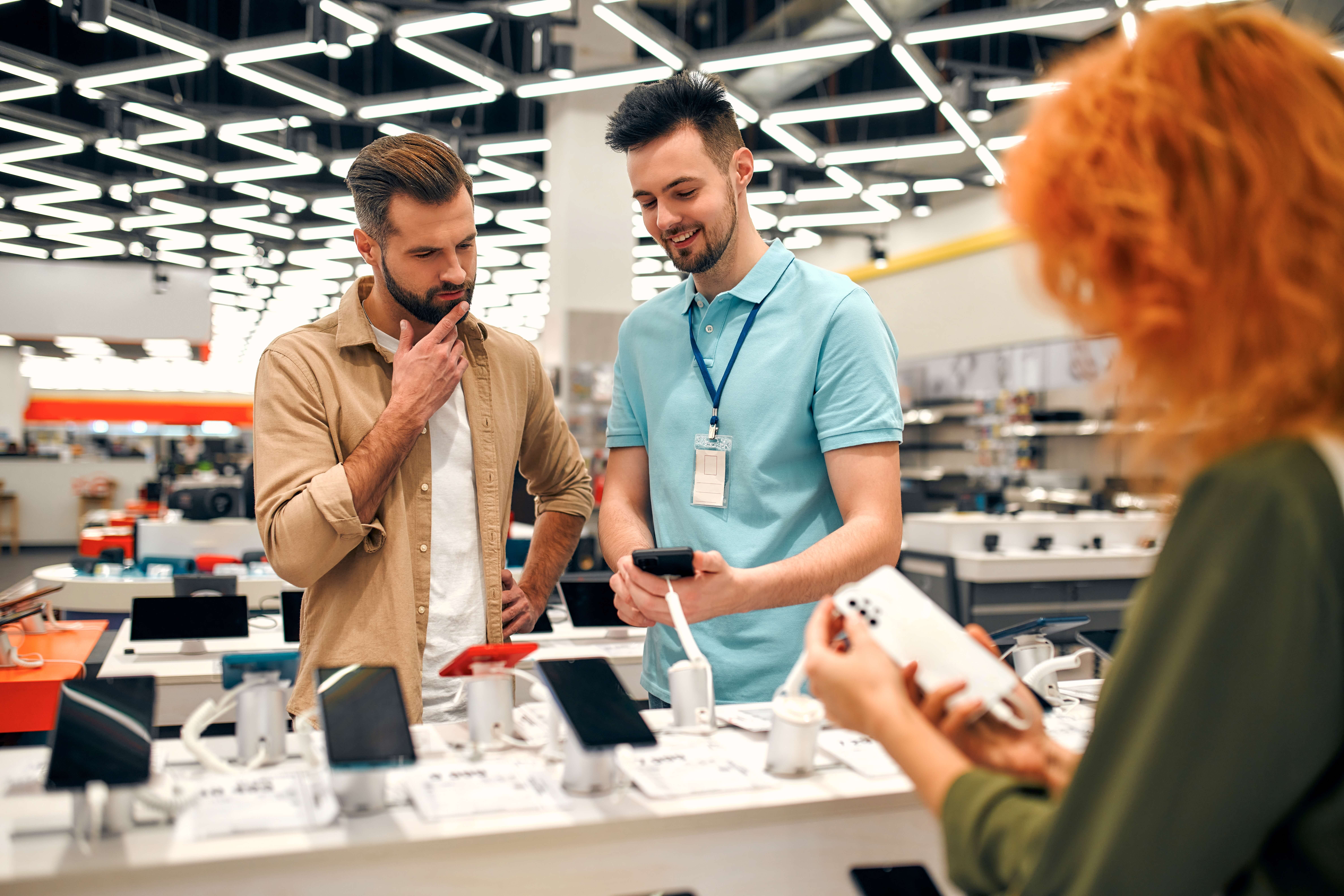The Decline of Customer Service
According to Forrester’s CI Index, customer service is the worst it’s been since they first started collecting data in 2016. Other reports from Cavell, Customer Contact Week Digital and the National Rage Survey confirm the findings: around half of consumers feel service has gotten worse in the past few years. This comes at a time when more companies are declaring themselves to be “customer centric.” What’s going on? In this blog we’ll explore why service is declining, and what retail brands can do to get back on track.
#1 The Rise of Incivility
Retail doesn’t exist in a bubble. The rise of incivility and social polarization are well documented. During the pandemic, we saw unprecedented bad customer behavior as people acted out their frustrations at lockdowns. Now the spike in prices including shrinkflation, is driving rage amongst consumers. Their anger is often directed at frontline staff, who may respond by shutting down or lashing back.
How Can Retailers Respond?
It’s sad that it’s come to this, but brands need to set boundaries with their customers. Signage that clearly indicates expectations for customer behavior should be backed up by security measures. Taking abusive behavior seriously lets staff know their well-being is a top priority and improves the atmosphere for everyone.


Image Source: Shutterstock
#2 The Stampede To Automation
In a rush to “find efficiencies,” retailers expedited NLP chatbots and self-checkouts, only to discover there are some big drawbacks. AI-powered chatbots don’t work as well as promised, and only add fuel to the fire for a consumer who is already frustrated. Self-checkouts are not universally hated but are inconsistent at best. Those who love them will be irritated as they’re pulled out, now that the relationship between self-checkouts and shrink is understood.
How Can Retailers Respond?
When did retailers decide to stop testing new technologies before launching them across an entire network? It seems like the entire industry has lost its way in a race to beat the competition at bad user experience. Just because a technology exists, doesn’t mean it solves a problem for your customer or your business. Test methodically and rigorously. Stop chasing shiny new things and focus on the pain points of your customers.
Automation can serve customer service, but if it doesn’t deliver a great experience, it will become a pain point. Brands should consider hybrid service models, and triage quickly to humans.
#3 Retail Jobs Are No Fun Anymore
Retail frontline jobs used to be a way many people made a living. Today, more companies resort to scheduling by algorithm to get the most cost-efficient staffing model. Unfortunately, these algorithms aren’t programmed to consider basic human needs. This leaves many retail workers juggling two or three jobs to make ends meet. In 2024, ASDA, Rona, Amazon, Metro, and Fred Meyer are just a few of the retailers that faced frontline strikes. Unpredictable scheduling, elimination of full-time roles, and wages falling far behind the cost of living are the most common issues.
How Can Retailers Respond?
If staff don’t feel their employer treats them fairly, they’ll deliver unenthusiastic service. If they’re exhausted from juggling several jobs, they won’t have the energy left to smile and make small talk. The bottom line is you get what you pay for.
Local brands know this. They outperform big brands when it comes to customer service for many reasons. Offering full-time jobs with benefits, predictable hours and a respectable work-life balance means they can retain staff for many years. This, in turn, means they have a team of experts who know their business intimately. Improving working conditions will directly impact the quality of service. Even improving staff rooms can go a long way in letting your people know they’re important.


Image Source: Shutterstock
#4 Training By Module
A common issue we run into when working with retailers is over-reliance on module-based training. While some elements of training can and should be delivered through digital platforms, sitting in a back room watching hours of instructional videos is hardly a good way to learn to deliver customer service. Good service requires active listening, conflict resolution, patience, and problem-solving. There’s no better way to learn than watching a top performer deliver an exceptional experience. Once you have an entire team that hasn’t learned the nuances of good customer service, you’ve created a status quo of poor performance.
How Can Retailers Respond?
Some companies use off-site training boot camps to ensure recruits get a more human learning experience, while others have a dedicated team that travels to new locations and specializes in hands-on training. Lastly, the old-fashioned way of side-by-side learning has a lot going for it, and many store managers lament that it’s been pulled out of their scheduling model. It might require a little more budget allowance, but again, you get what you pay for.
This is not to say that digital learning modules should be removed altogether: they’re great for training on systems, product knowledge, and procedures. As long as they’re kept up-to-date and are well-designed, they have a place.
#5 Stores Are Not Designed For Service
Store design needs to consider employee experience as integral to success. Often brands will request customer journey mapping, but how employees fit into the equation is not even on their radar. Program upon program come into stores that were never designed to handle these new directives, leaving staff to cobble together something that sort of works, but doesn’t really.
How Can Retailers Respond?
From the number of steps that staff must take to complete a task to where they take their lunch break, designing for service means mapping the employee journey as well. When new programs are implemented, the space needs to be adjusted accordingly. Sales choreography will highlight the key moments where staff are engaging customers and will help you understand how the built environment should support these moments.


Image Source: Shutterstock
Service Will Increasingly Become A Differentiator
When was the last time you had an exceptional service experience? It probably stands out because it’s not something you encounter every day. In today’s market, service is a key way retailers can stand out from the competition.

